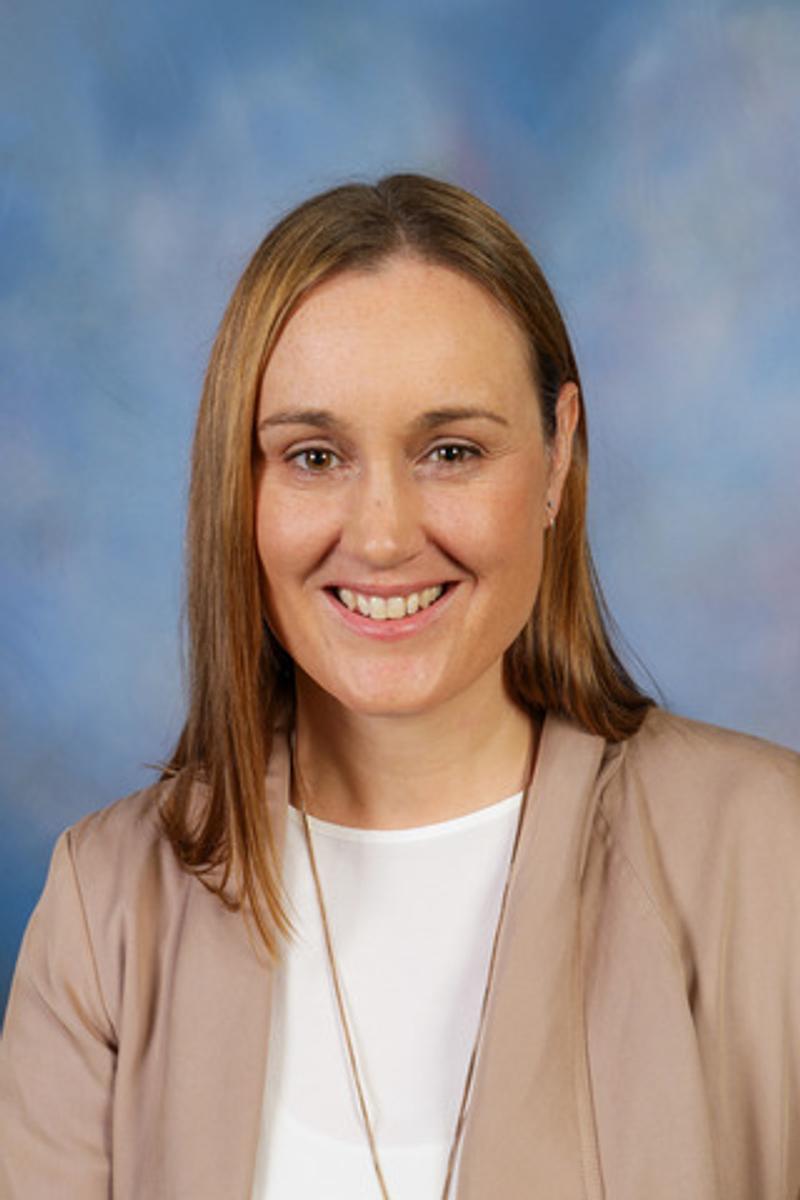'Down in the River to Pray'
HT's latest Virtual Choir Project

'Down in the River to Pray'
HT's latest Virtual Choir Project
To the Huntingtower community
I am very excited to share with you my latest labour of love!
The Senior Chamber Choir have only had a few weeks to learn their parts for this arrangement of 'Down in the River to Pray'. Thirty-one students sent in recordings, done simply using their mobile phones from home. I am really happy with the result - imagine how good it would sound live!
Please enjoy😊
https://vimeo.com/451072683/f9a476e49a
Kind regards,
Lisa Sutton
Director of Choral Music


It has been mentioned at many staff meetings how remote teaching has forced teachers to learn new skills with regards to using technology. Never would I have thought 6 months ago that I would be learning how to create virtual choirs! However, in a strange period where choral singing is considered to be a 'high risk' activity (yep, up there with sky diving!), one needs to find alternative ways to provide students with opportunities to continue developing their skills and create 'performances' to share.
A virtual choir is a very different experience. Students must learn their part essentially on their own, with the help of weekly choir sessions where I rehearse each part online as well. The first step in making a recording is to create a 'guide' video. This is a separate video for each voice part that has the accompaniment, vocal line, click track and footage of me conducting to keep everyone in time. Students must watch the video with headphones and record their voice only into their mobile phones. The experience of recording their own part creates the opportunity for different musical skills to be developed such as listening carefully to the accuracy of rhythms, intonation, tone, vowel sounds and phrasing. They become their own critics and work hard to submit a 'near perfect' recording.
Once all sound files have been completed and submitted, the files need to be converted into mp3 form and then uploaded one at a time to a Digital Audio Workstation. One by one, each file is carefully lined up and volume levels are adjusted to create the best blend. I then fiddle around with effects such as reverb and panning the voices to different sides of the headphones to give a realistic sound, as if the choir were performing on stage. Other fiddly editing such as cutting out loud breaths, notes held for too long or loud page turns helps to create a more polished-sounding end product.
I have really enjoyed the opportunity to learn these new skills and I am grateful that we have been able to provide the healing gift of music during this challenging time. However, I am anxiously awaiting the day we can create beautiful choral music altogether once again - I know the students are desperate for this too!
Lisa Sutton